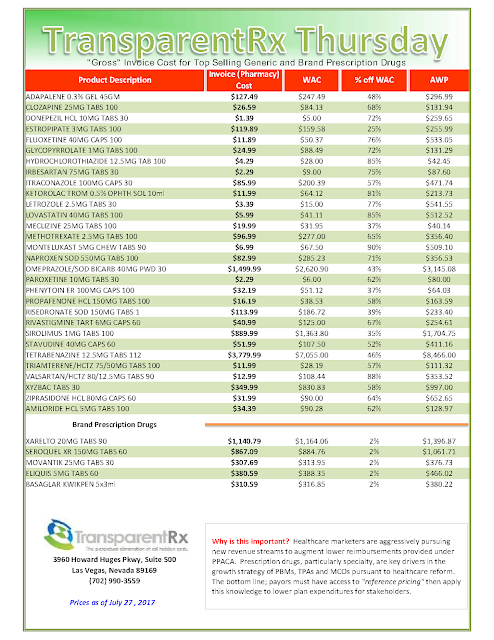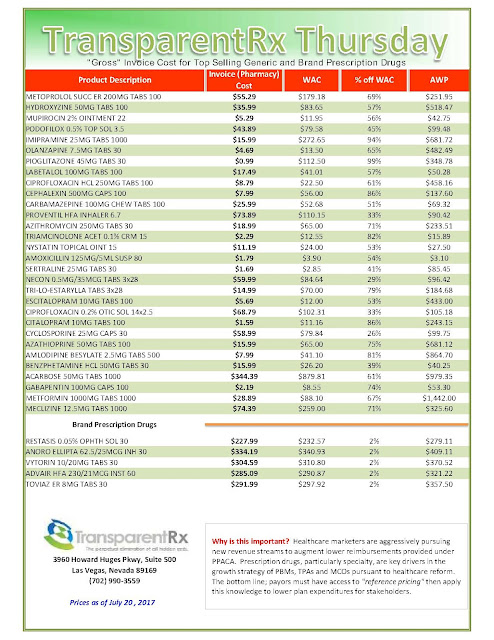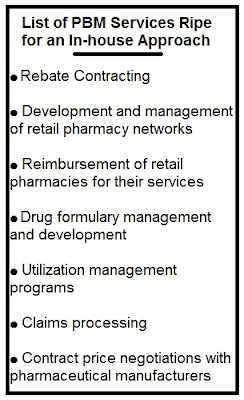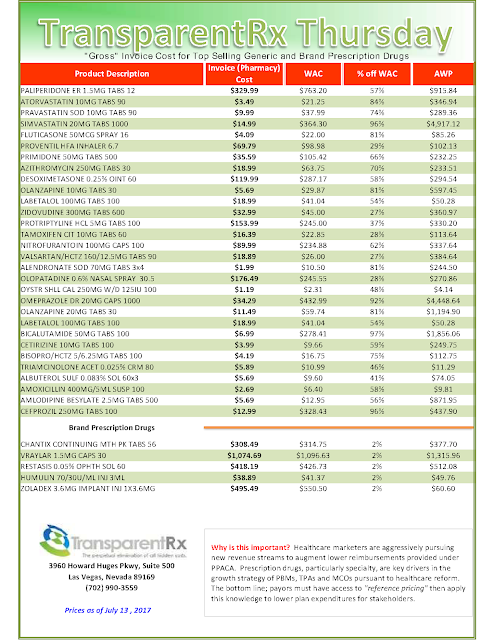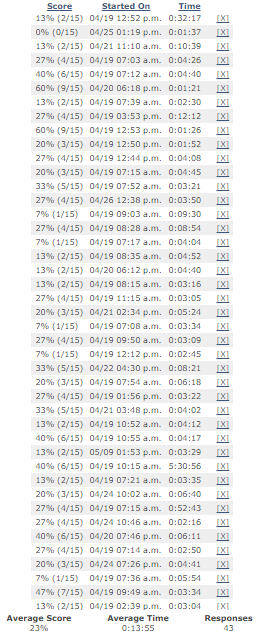Pharmaceutical manufacturer drug coupons days may be numbered
New programs offered by pharmacy benefit managers seem poised to take off industry-wide. The most promising program targets high-cost specialty drugs, using the co-pay coupon to offset the drug’s total cost instead of the consumer’s co-pay. Pharmacy-benefit managers are able to do this, and to offer the program for free, by requiring that health plans exclusively deal with a certain specialty drug pharmacy.
 Before the program, a patient using a coupon would very quickly meet her health plan’s out-of-pocket requirements, at which point the coupon would no longer be necessary.
Before the program, a patient using a coupon would very quickly meet her health plan’s out-of-pocket requirements, at which point the coupon would no longer be necessary.
Under the change, however, the coupon could be used many more times and the patient would pay more out of pocket, making the co-pay coupon more expensive for the drug maker and reducing the health plan’s total drug costs by an estimated 1% to 3%.
Prime Therapeutics, a pharmacy-benefit manager owned by 14 Blue Cross and Blue Shield plans, began rolling out such a program at the start of this year across several states, according to Chief Clinical Officer David Lassen.
“That deductible is meant to be applied. That member is meant to pay something out of pocket,” he said. “By ensuring that that coupon does not apply to the out-of-pocket max, we’re helping to ensure that we’re lowering overall health-care costs.”
Koulianos, of the National Hemophilia Foundation, said that she knows of about 50 people affected, and that the number is growing. “While we agree that this is in theory a good mechanism to help patients consider, ‘I better take the lower-cost drug’… in this case there is no lower-cost drug,” she said. If patients can’t afford their medications, they could end up in the hospital, or worse, she said.
Another new co-pay coupon-circumvention program has a similar goal — taking advantage of drug makers’ coupons — but approaches it differently.
The manufacturer coupons are often valued at far more each year or per drug than patients pay out of pocket. So pharmacy-benefit managers adjust the co-pay amount patients pay for certain drugs up to coupon thresholds, to take advantage of the coupon’s total possible value.
Only certain drugs will be affected, with expensive cancer and hepatitis C drugs likely targeted, amounting to estimated drug-cost savings of 2% to 4%. But because the program requires making changes to a health plan, it’s expected to have reduced or limited interest. It also raises questions about how those who don’t use co-pay coupons might be affected.
Still, some say that, like an endless game of whack-a-mole, the battle over co-pay coupons is unlikely to end anytime soon. “While there may be countermeasures put into place, it will just continue to evolve,” said Premera Blue Cross’s Murphy. “I don’t know if we’ll ever fully solve the issue.”
[Source]

